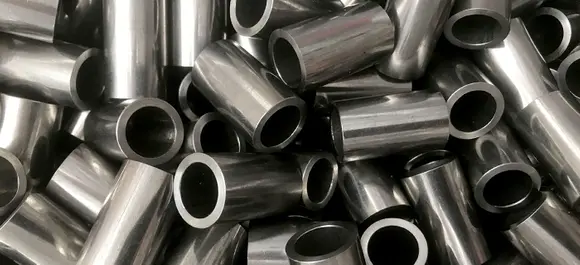Mobile:+86-311-808-126-83
Email:info@ydcastings.com
Exploring the Features and Benefits of the HE351CW Turbine Housing Design
The HE351CW Turbine Housing An Overview of Performance and Engineering
The HE351CW turbocharger is a prevalent choice among performance enthusiasts and automotive engineers who seek to enhance the output and efficiency of diesel engines. Originally designed for heavy-duty applications, the HE351CW has garnered attention in both the aftermarket and motorsport markets for its robust design and impressive performance. One of its key components, the turbine housing, plays a pivotal role in the operation and efficiency of the turbocharger, making it a crucial aspect worth discussing.
Design and Functionality
The turbine housing of the HE351CW is integral to the turbocharger’s overall performance. It is designed to direct exhaust gases from the engine into the turbine wheel, where the kinetic energy from the gases is converted into mechanical energy to spin the compressor. The housing is engineered to handle high temperatures and pressures, typical in diesel engine environments, ensuring durability and longevity.
Made from high-grade cast iron or durable alloys, the turbine housing is designed to withstand extreme thermal stress while minimizing the risk of warping and cracking. The internal geometry of the housing is also finely tuned; it dictates both the flow characteristics of the exhaust gases and the efficiency of the turbocharger. A carefully designed volute, for example, optimizes the path of the exhaust gases, allowing for smoother flow and reduced turbulence.
Performance Benefits
One of the significant performance benefits of the HE351CW turbine housing is its ability to maintain high-pressure ratios. This is crucial for applications requiring a quick spool time, as it allows the turbocharger to reach optimal boost pressure more rapidly. For enthusiasts tuning their vehicles for improved performance, a well-optimized turbine housing can yield higher horsepower and torque, which translates to better acceleration and overall vehicle responsiveness.
he351cw turbine housing

Additionally, the HE351CW is known for its versatility. With various options for housing size and turbine A/R ratio (the area over radius), tuners can select the most suitable configurations based on their desired outcomes. A smaller A/R ratio generally leads to quicker spool times, while a larger ratio can improve top-end performance, allowing users to tailor their setups to meet specific power goals.
Aftermarket Enhancements
In the aftermarket, the HE351CW turbine housing has been a subject of modifications and upgrades. Enthusiasts often seek to enhance performance further by installing upgraded turbine housings that reduce weight, improve thermal efficiency, or modify geometries for better flow characteristics. Companies specializing in turbocharger upgrades offer a variety of options, from performance-oriented turbine housing designs that improve exhaust flow to those with advanced features such as integrated wastegate ports.
Furthermore, ceramic coatings and thermal wraps are commonly applied to these housings to manage heat more effectively. These aftermarket enhancements can contribute to even more significant performance gains by reducing turbo lag and increasing efficiency, which is particularly beneficial for racing applications.
Conclusion
The HE351CW turbine housing is a critical component that significantly affects the performance of the entire turbocharger system. Its robust design, ability to handle high-stress conditions, and tailored configurations make it appealing for both stock applications and high-performance builds. Whether in commercial vehicles or racing setups, the attention to detail in the design and engineering of the turbine housing resonates through to the performance benefits experienced by users.
For anyone considering upgrades to their diesel engine or turbocharger system, the HE351CW turbine housing stands out as a reliable choice, promising enhanced performance, durability, and efficiency. As automotive technology continues to advance, components like the HE351CW will remain vital in pushing the boundaries of what’s possible in turbocharging and performance optimization.
-
Why Is Choosing the Right Motor Housing Critical for Engine Performance?NewsJul.18,2025
-
Which Impeller Types Best Optimize Your Pump’s Efficiency?NewsJul.18,2025
-
Optimize Maintenance Efficiency with Durable Oil Catch SolutionsNewsJul.18,2025
-
Maximize Pump Performance with Precision-Engineered ComponentsNewsJul.18,2025
-
Elevate Industrial Flow Systems with Precision-Engineered ComponentsNewsJul.18,2025
-
Boost Durability and Functionality with Precision Power CastingsNewsJul.18,2025











